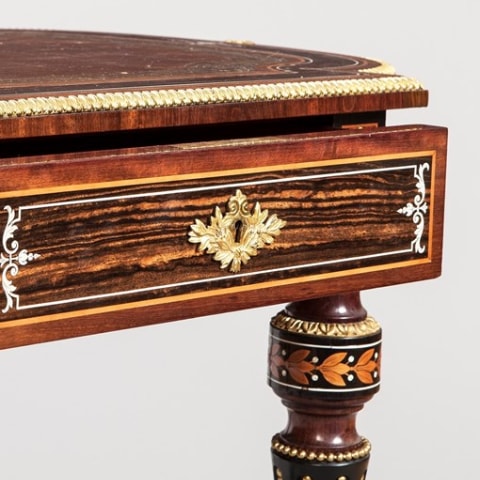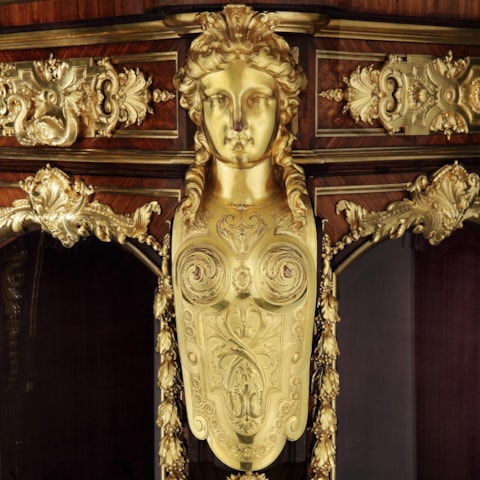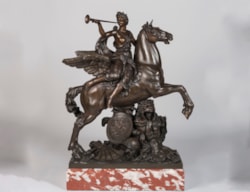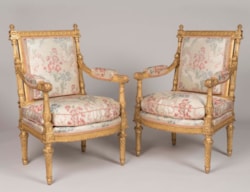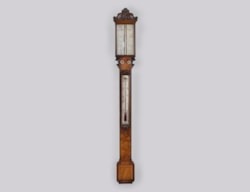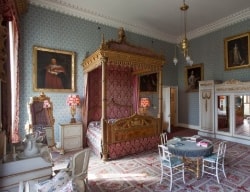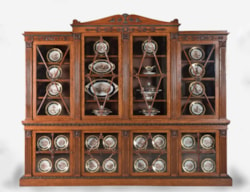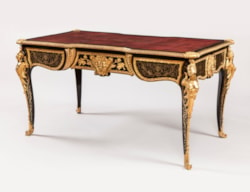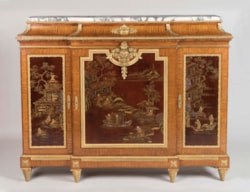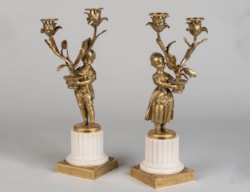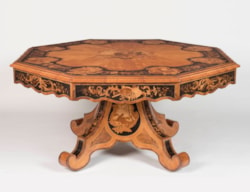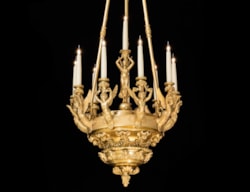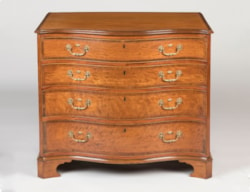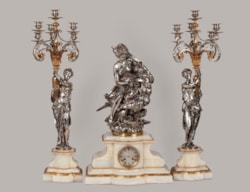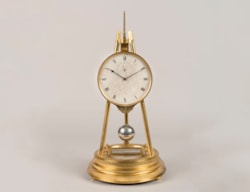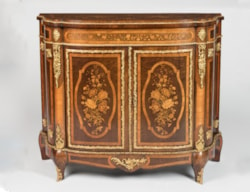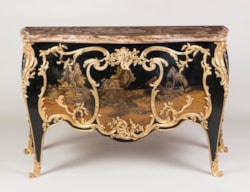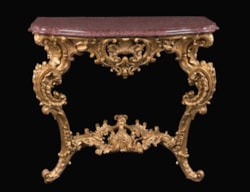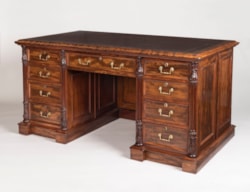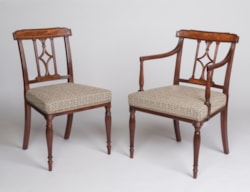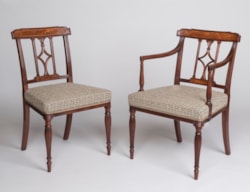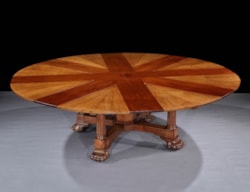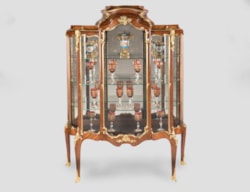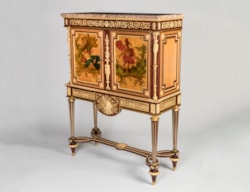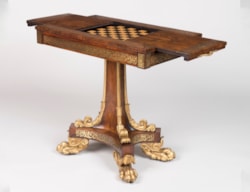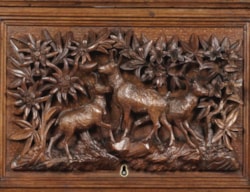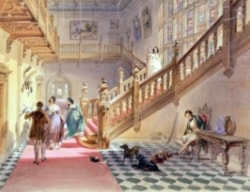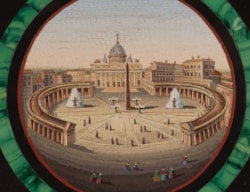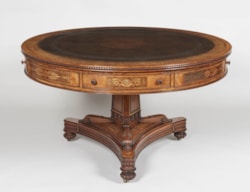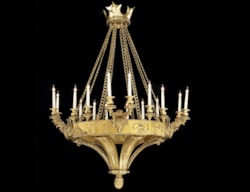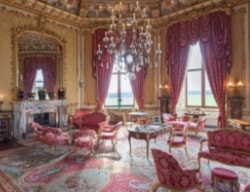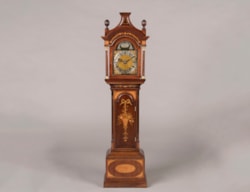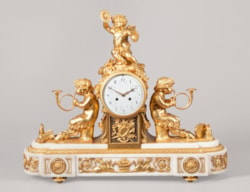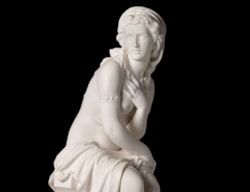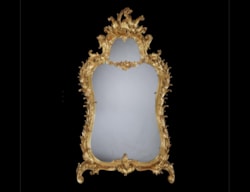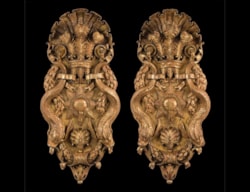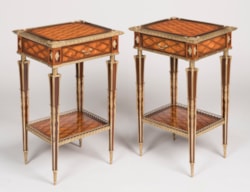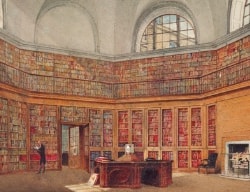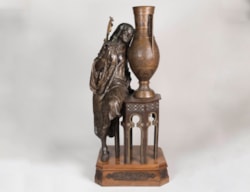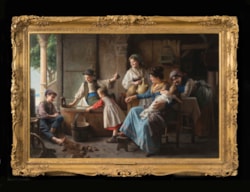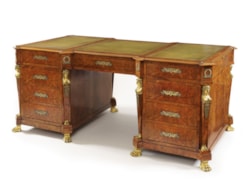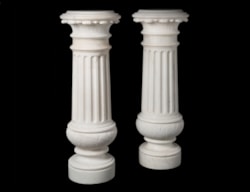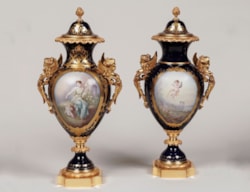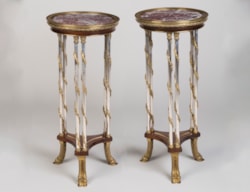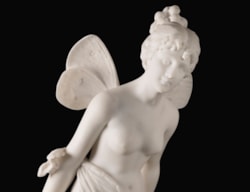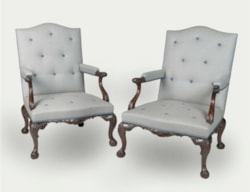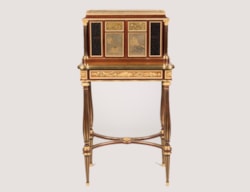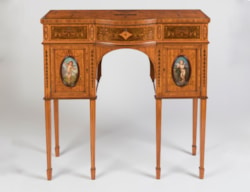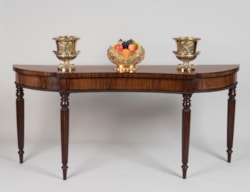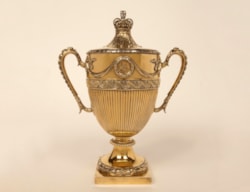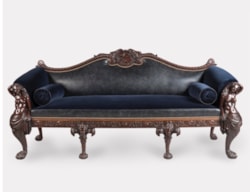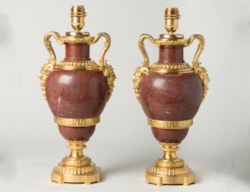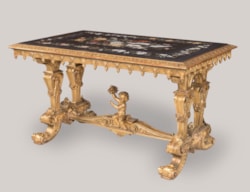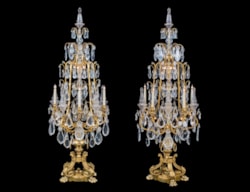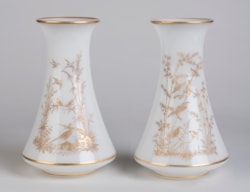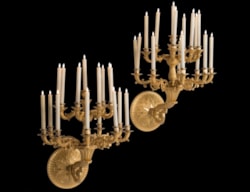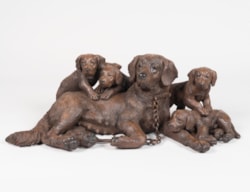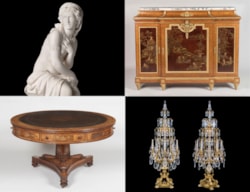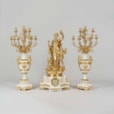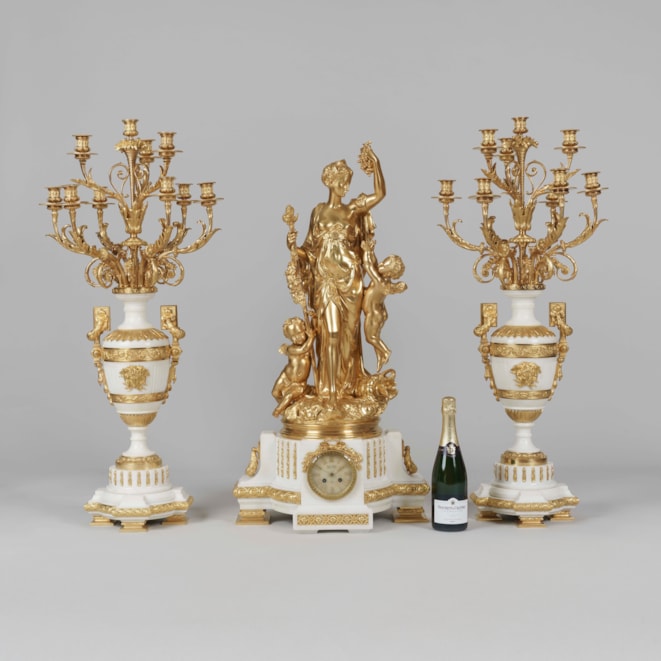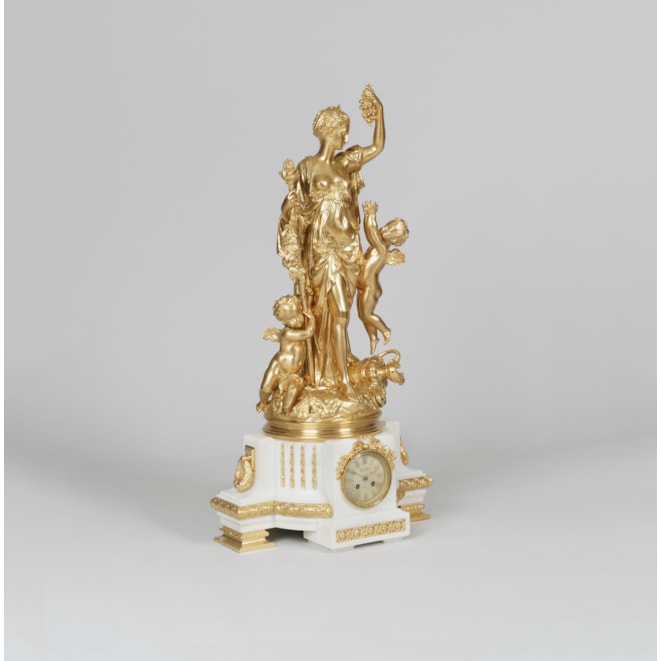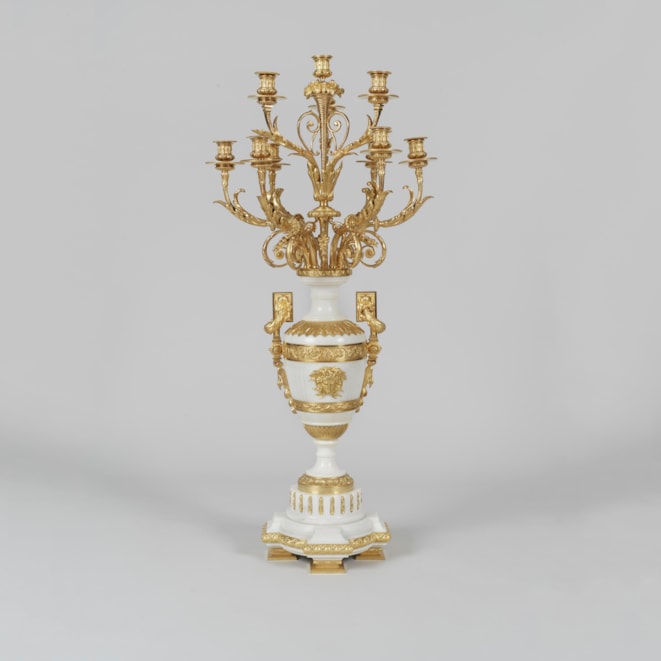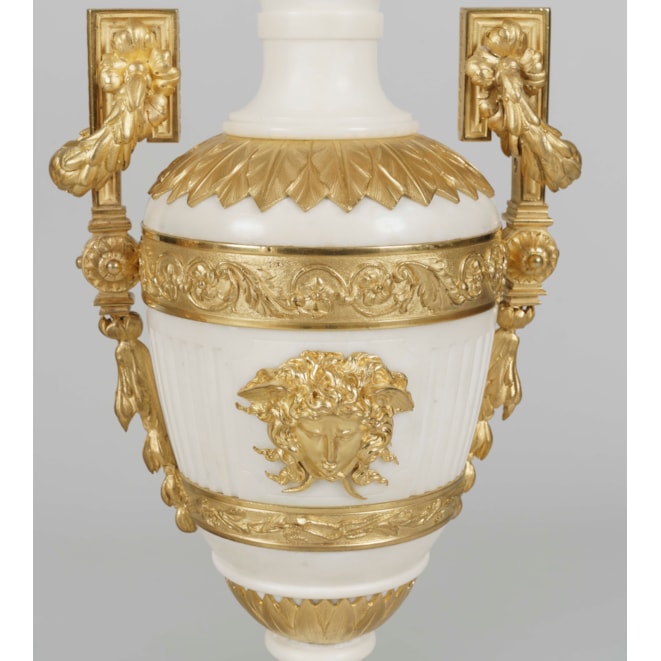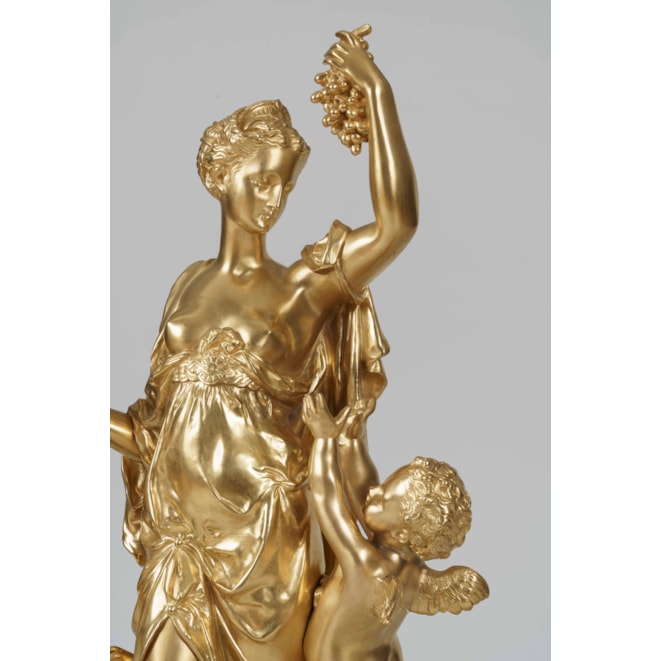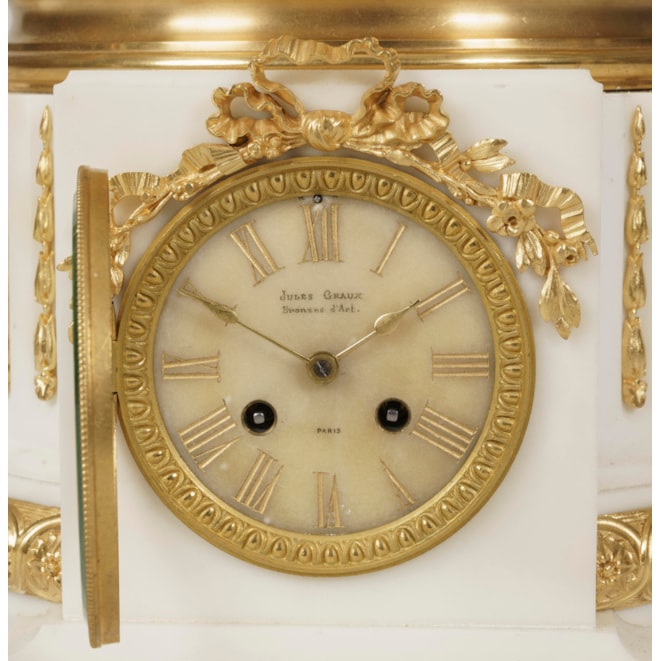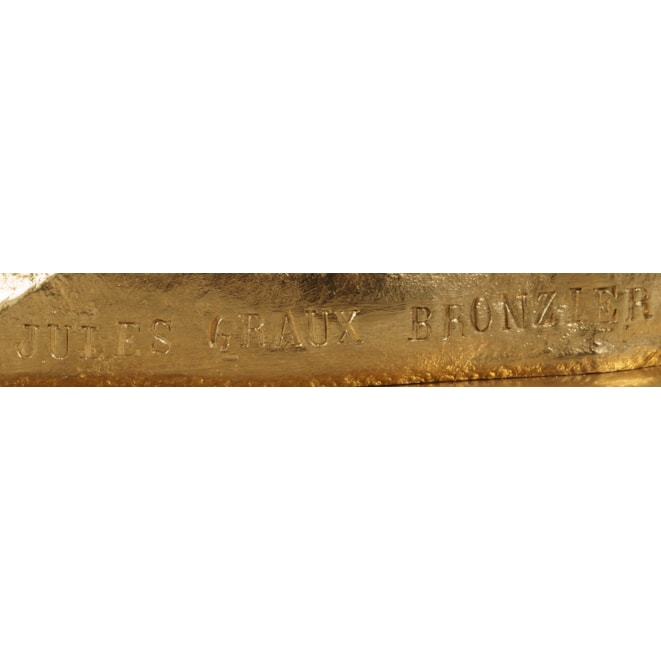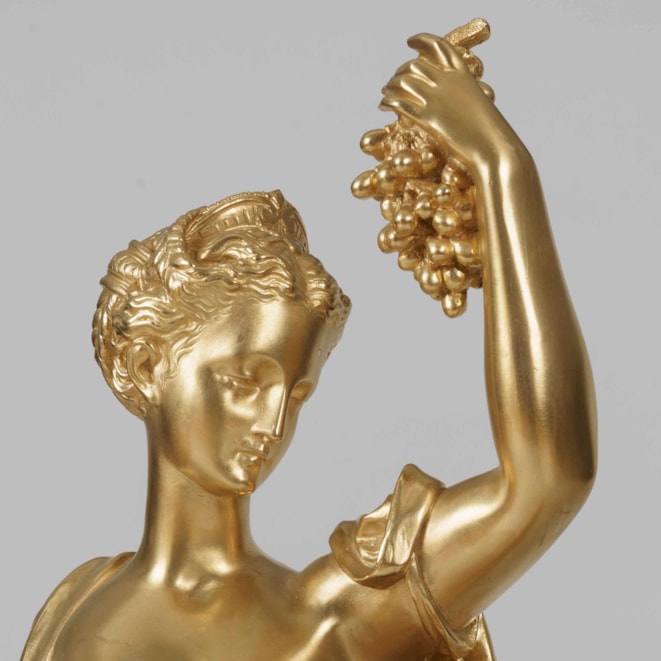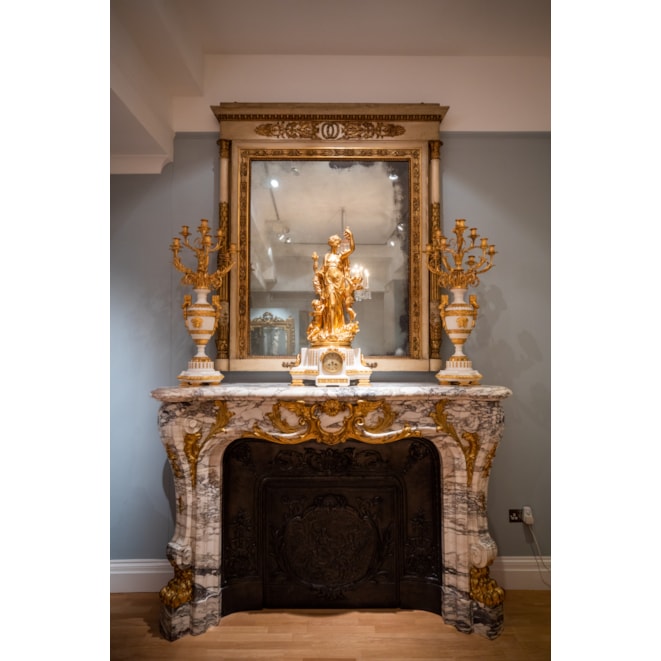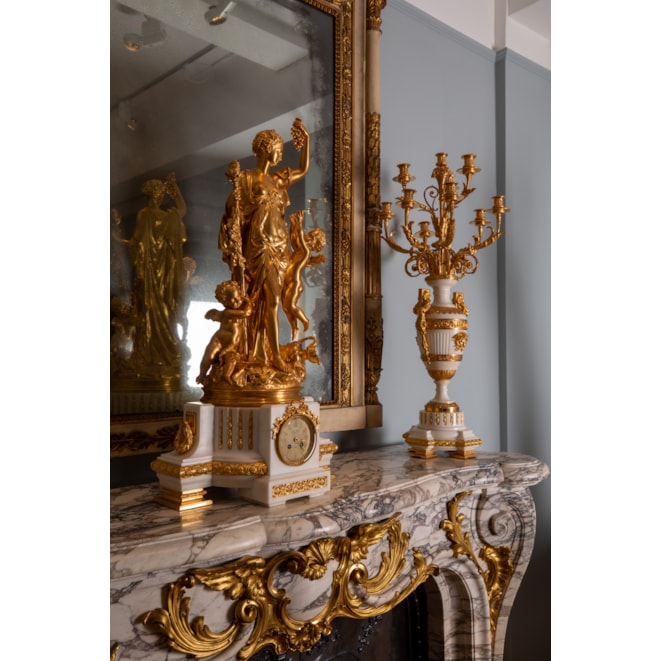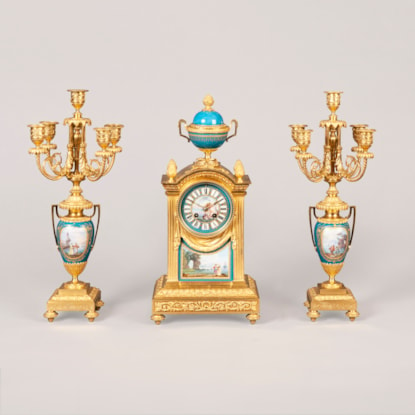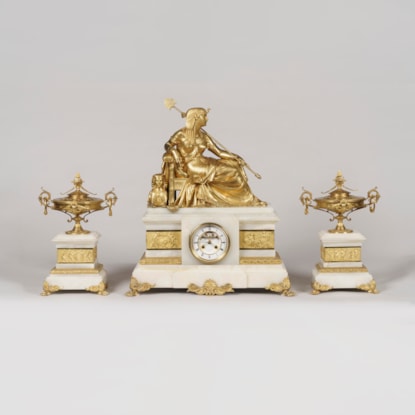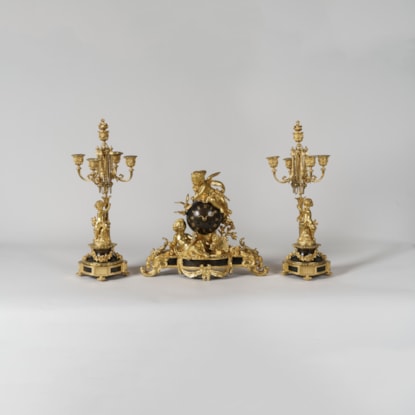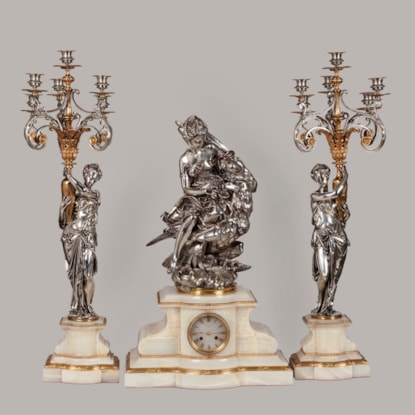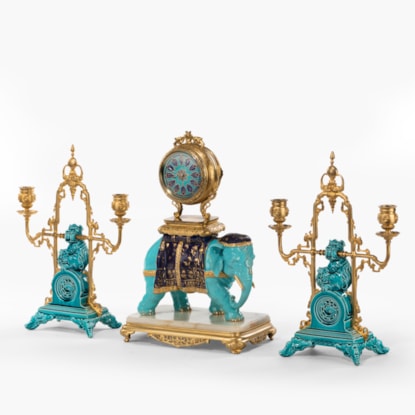Collection / Clocks / Clock Garnitures
An Exhibition Quality Garniture de Cheminée By Jules Graux
An Exhibition Quality Garniture de Cheminée By Jules Graux
Dimensions: H: 40 in / 102 cm
PRICE: £65,000
An Exhibition Quality Garniture de Cheminée
By Jules Graux of Paris
Of important size and supreme quality, the mantle clock constructed from white Carrara marble, rising from ormolu supports and decorated with laurel wreaths, guilloches, and a lover’s bow above the circular dial delineating the hours in roman numerals and signed by the maker; the central figure of a female maenad dressed in classical garbs, holding a thyrsus in her right hand and raising a bunch of grapes in her left; a pair of winged cherubs flanking her; the twin-handled amphora-shaped candelabra rising from conforming plinths and dressed with extensive ormolu mounts, the tops issuing ten scrolling arms. The movement stamped Japy frères, the model signed by the sculptor, “Debut Sp”, and bearing the founder’s mark “Jules Graux Bronzier.”
French, circa 1880
Jules Graux
Established in 1845, Jules Graux's Foundry was based at 8 rue du Parc-Royal from 1860. The firm exhibited at the last national exhibition in Paris in 1849 and again Paris in 1855. At the London exhibition of 1862 their entry was described as, “bronzes d’ameublement, cheminée et garniture de cheminée, lustres, vases, statues, groupes, objets de service de table, gueridon de malachite.” They also contributed to the Paris exhibition of 1867, and Paris 1878 where Mr Graux was described as “one of the most eminent of the bronze manufacturers of Paris.”
The foundry was renowned for producing high-quality bronze castings, chasing and gilding, including clocks, candelabra, statuettes and other fine decorative works of art. Jules Graux - Graux-Marly Fondeurs also cast bronzes for many of the most famous sculptors of the day, including but not limited to Albert-Ernest Carrier-Belleuse, Jean-Baptiste Carpeaux, and Jean Didier Debut.
Jean Didier Debut
Debut (1824-1893) was a pupil of David d'Angers. He began his career at the Paris Salon in 1848 and was awarded the second-class Grand Prix de Rome in 1851. Among his most notable works are Faun and Bacchantes, Danaids, and the Statue of the Empress Eugenie, destroyed by members of the Commune in 1871. He was employed on the decoration of the commercial court, the Opera and the Hôtel de Ville, Paris.
Japy Frères
Frederic Japy (1749-1812) was apprenticed in Montbeliard to his clockmaker uncle, and returned to his home town of Beaucort, setting up as a clockmaker, and an organiser of local clockmakers into a company - the company expanded and were medal winners at many of the International Exhibitions throughout the 19th century under the aegis of his sons, eventually closing after the First World War.
You may also like

 Vip access
Vip access

 Favourites
Favourites






